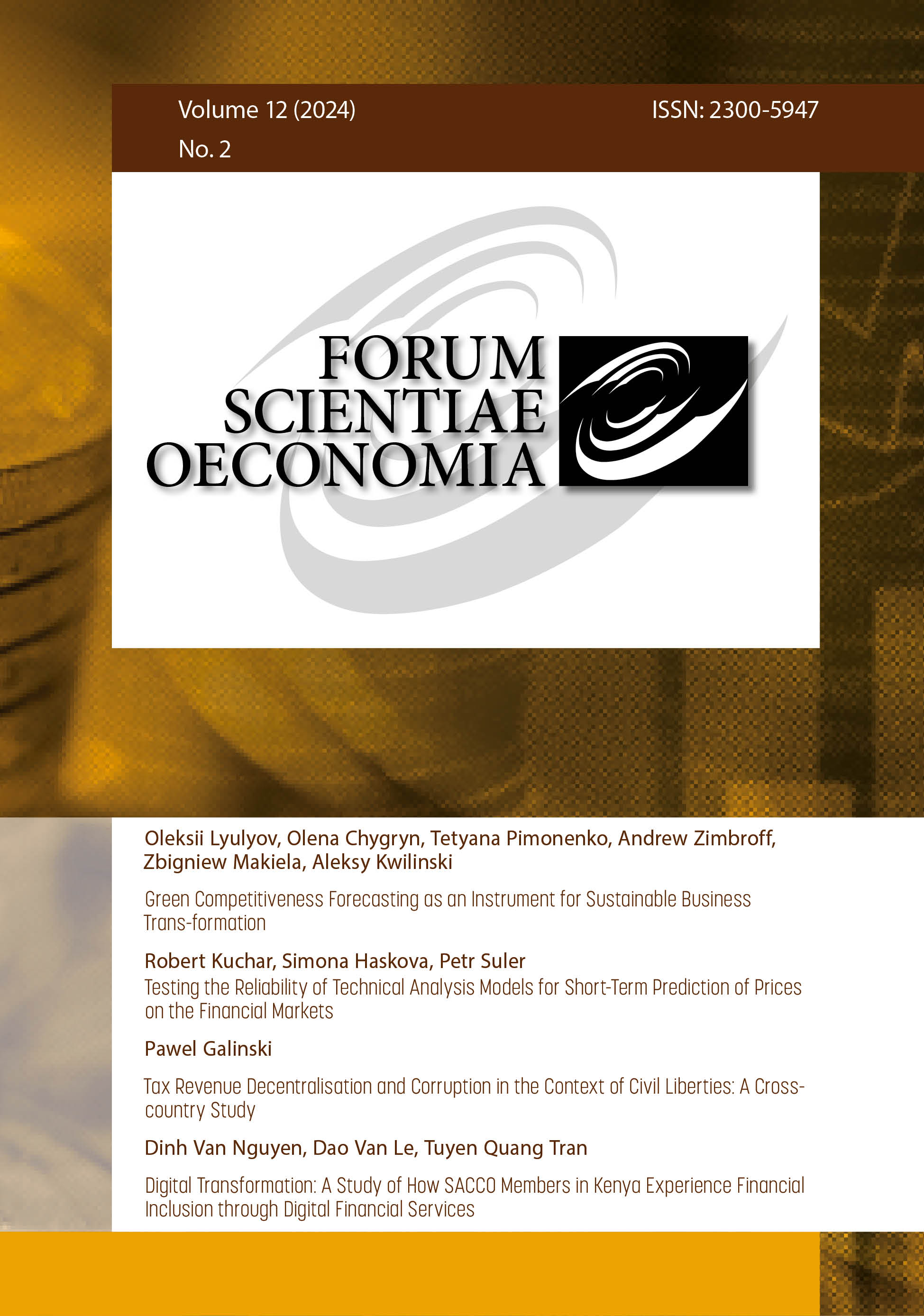Global Financial Crisis from the Institutional Economics Perspective
Global Financial Crisis from the Institutional Economics Perspective
Author(s): Mustafa Kesgin, Fazil Kayikci, Daniel F. Meyer, Rui Alexandre Castanho, Sema YılmazSubject(s): Supranational / Global Economy
Published by: Wydawnictwo Naukowe Akademii WSB
Keywords: financial crises; institutional economics; logit model;
Summary/Abstract: This study, which aims to determine the institutional dynamics of the 2008 Global Financial Crisis, uses panel data set of OECD countries between the years 1980-2018. The main motivation of this study is to reveal the causes of this great crisis, which deeply affects the whole world, from a different perspective and to develop policy recommendations to prevent similar economic crises in the future. The logit model was used because of its compatibility with the structure of the variables and some of the advantages it provides. Annual change in industrial production, short-term interest rates, annual change in the ratio of public sector debt to GDP, financial institutions development level and financial markets development level, government efficiency are the variables that contribute this crisis more. It seems that government debt and development level of financial institutions are the most important causes of the crisis. Economic freedom does not seem as effective in creation of the crisis. House prices and real exchange rate are the side results of the crisis rather than the causes. Simultaneous estimation of the relations among broad set of financial and macroeconomic variables and crisis by logit model gave clues about how to manage crises, perhaps not how to prevent them.
Journal: Forum Scientiae Oeconomia
- Issue Year: 12/2024
- Issue No: 2
- Page Range: 21-41
- Page Count: 21
- Language: English

